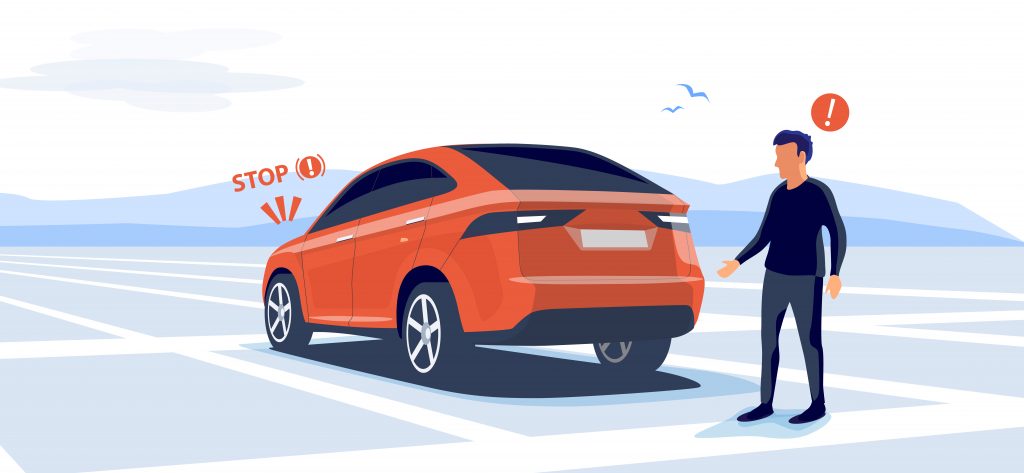We are hiring! Are you an experienced technician? Join our outstanding team »
Drivers for Change: Looking Beyond 2023
Reading time 6 minutes
Categories Automotive Industry » Electric Vehicles (EVs) »
We are hiring! Are you an experienced technician? Join our outstanding team »
Drivers for Change: Looking Beyond 2023
Reading time 6 minutes
Categories Automotive Industry » Electric Vehicles (EVs) »
As we enter the latter part of 2023, it’s fair to say that the automotive industry has experienced some significant changes this year.
From the British government pushing back its ban on the sale of new petrol and diesel cars to 2035 to many of the world’s top manufacturers continuing to make strides towards full electrification, it’s likely that the coming years and decades will see one of the most monumental shifts in motoring since the internal combustion engine.
In this article, the team here at The Windscreen Company will take a look beyond 2023 at the big changes and innovations that are likely to hit the industry.
Many of the upcoming changes that we’re going to discuss are geared towards lowering global carbon emissions in the fight against climate change. And while making the transition from a fuel vehicle to an electric one is a great step in the right direction, electrification alone will not solve the problem.
This is why industry experts, scientists and the world’s biggest car manufacturers are continuing to explore other factors such as artificial intelligence, connected cars (vehicles that can communicate with one another), preventative technologies and more. Not only are experts going to be looking at providing motorists with greener vehicles to reduce environmental impact, but the aforementioned technologies could also be used to educate drivers about the dangers of climate change and the importance of tackling it.
As well as electric cars, hydrogen is another clean alternative power for vehicles. The UK is currently undergoing a trial to see whether the current infrastructure could sufficiently supply hydrogen fuel.
As mentioned above, electrification is not the only major change we’re likely to see in the coming years. In fact, vehicle automation is set to be just as significant. The rise of autonomous electric vehicles (AEVs) is set to rapidly increase in the next few years, and by the end of the decade, we could start to see the first fully driverless cars on the road.
While we’re a little way off this futuristic development, we have already started to see some automation creep into cars.
There are six levels of vehicle automation and they are as follows:
Electric vehicles have clearly risen in popularity in recent years, with demand higher than ever before.
And the general public are not the only ones showing an interest.
Many organisations, such as businesses, governments and more, that have a fleet of vehicles are shifting from fuel to electric-powered vehicles. This is great news for the environment as large-scale organisations are likely to make more of an impact compared to individual consumers. Other benefits for a business to shift to a fleet include being able to make use of the various government incentives of owning an EV as well as promoting a greener brand image to customers.
Commercial fleet electrification is a big change that we’ve started to see many companies adopt, and is surely set to grow in the future.
The biggest concern many people have about purchasing an EV is charging. With the current charging infrastructure less than ideal (although it is vastly improving), often people are worried about running out of juice and not being able to find a charging point.
However, with the introduction of new EV technology, this concern is set to be minimised. As well as huge government investment in charging infrastructure, big strides are being made to improve the batteries themselves.
No longer will people have to wait an age for their car’s battery to be fully charged thanks to ultra-fast charging capabilities and the process will be all the more convenient with wireless charging options.
It’s likely that even more new EV technologies will be introduced to make the electric driving experience easier than ever.
The integration of 5G technology with electric vehicles is also set to increase in the coming years. 5G allows connectivity like never before, meaning vehicles will be able to provide timely updates regarding traffic, road conditions and provide accurate GPS data that can make the driving experience even more convenient.
In addition to the general introduction of 5G to vehicles, expect to see more and more cars featuring the 5G enabled V2X (vehicle-to-everything) technology. This tech will allow vehicles to communicate with other cars on the roads, as well as pedestrians and cyclists in the hope of reducing conditions and accidents.

At The Windscreen Company, no matter what type of car you drive, we’re here to help. This includes providing leading electric and hybrid car windscreen repair and replacement that can handle any scratches or cracks that may have occurred on your vehicle’s windscreen. This type of damage must be repaired as soon as possible in order to keep you and other road users safe, and our team of experts can head directly to your location to carry out the work. We work across the West Midlands and the South East, get in touch with our team today.
The Windscreen Company, has over 20 years of experience in windscreen repair and replacement. Since 1998, they have been at the forefront of industry innovation, leveraging the latest technology to ensure customer safety and satisfaction.
The Windscreen Company's, help-and-advice pages offer valuable tips and guidance on maintaining vehicle safety through quality windscreen care, while also featuring updated industry realted content.
By clicking "Accept All Cookies", you agree to the storing of cookies on your device to enhance site navigation, analyse site usage, assist in our marketing efforts, and for personalised advertising.